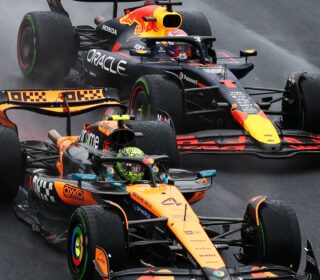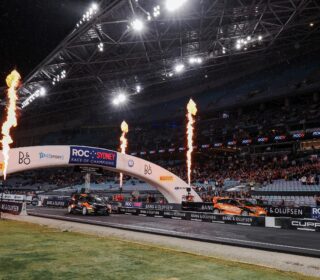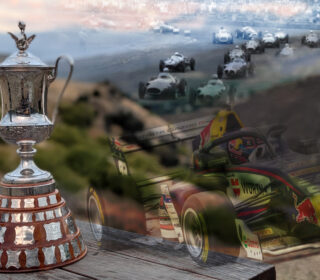COMMENT: Australian Motorsport Has Never Been Better
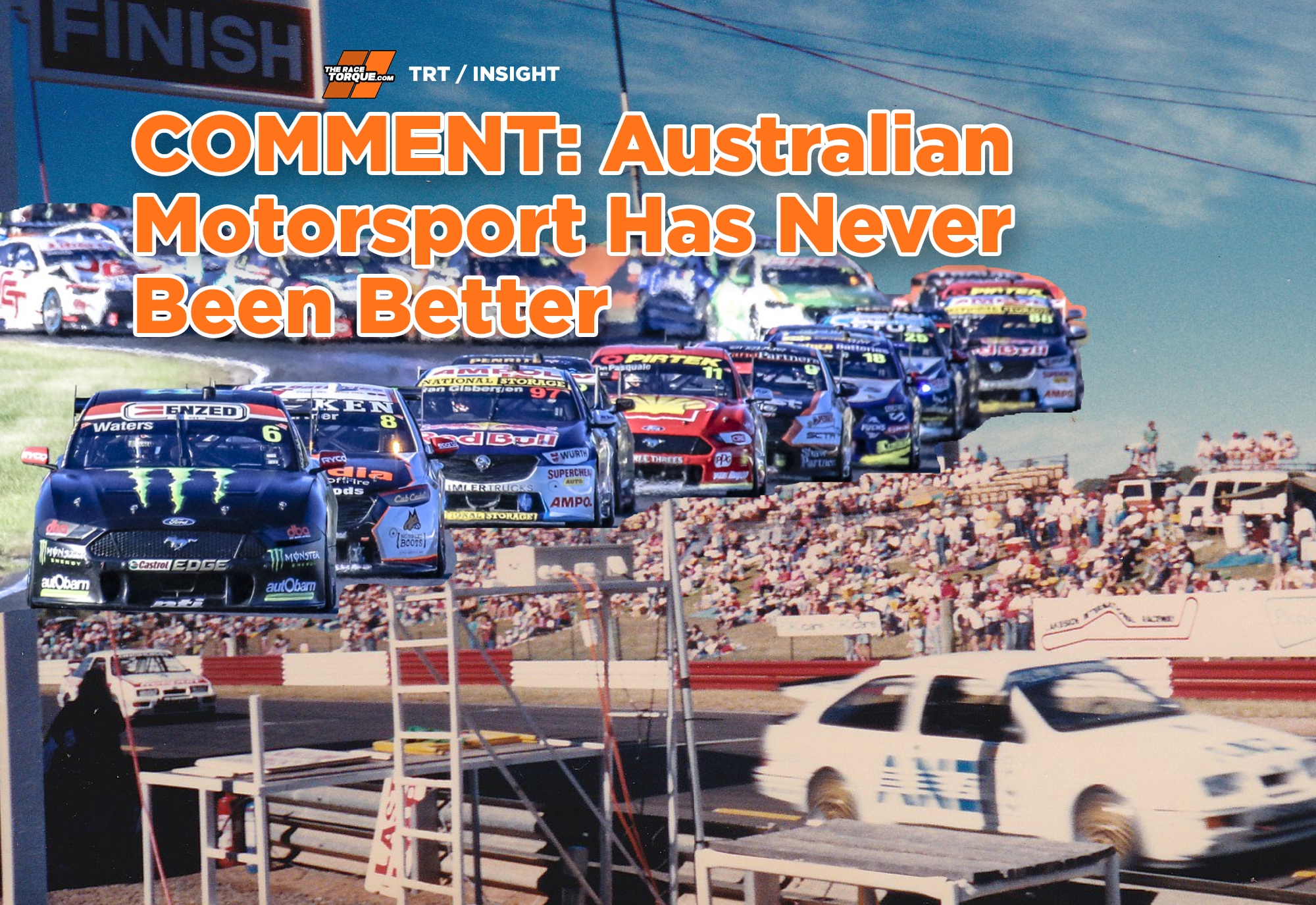
I enjoy reminiscing about the olden days, and I love going to historic meetings, but I would never trade the past for the present.
This article was sparked by yesterday’s throwback story to the Shannons Nationals’ visit to Eastern Creek in 2009, comparing this weekend’s event to a comparable one at the same venue from 13 years ago.
Earlier in the year we similarly looked at how the second tier visit to Symmons Plains has evolved over time.
We have run stories here on The Race Torque in the past exploring the dollar value of the industry, and it’s immense, here and here.
Looking at the facts and figures, motorsport in this country has never been better than it is right now – the depth of professional and semi-pro fields continues to grow, all expanding the local motorsport economy.
Picking a baseline for the good old days for the sake of this article, I’ve selected 1988, the first year I attended a Touring Car Championship event at Lakeside, although you could genuinely take any year from this era back.
The whistling turbos whine of the Sierras and the growling V8 Commodores of the Group A era are what hooked me for life.
The blur the speed and attack on the senses were mind blowing, but rose-coloured glasses can gloss over the real nature of the sport at that time.
For the sake of this evaluation, I’m looking at four wheeled circuit racing, although other facets of the sport have no doubt grown or emerged over the past 35 years, further adding to the overall industry.
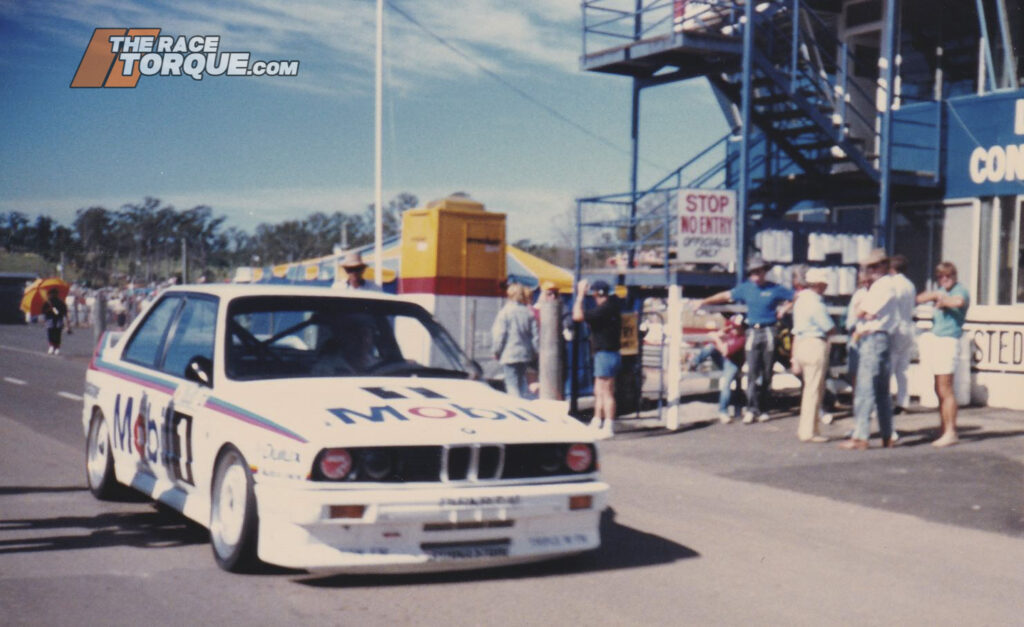
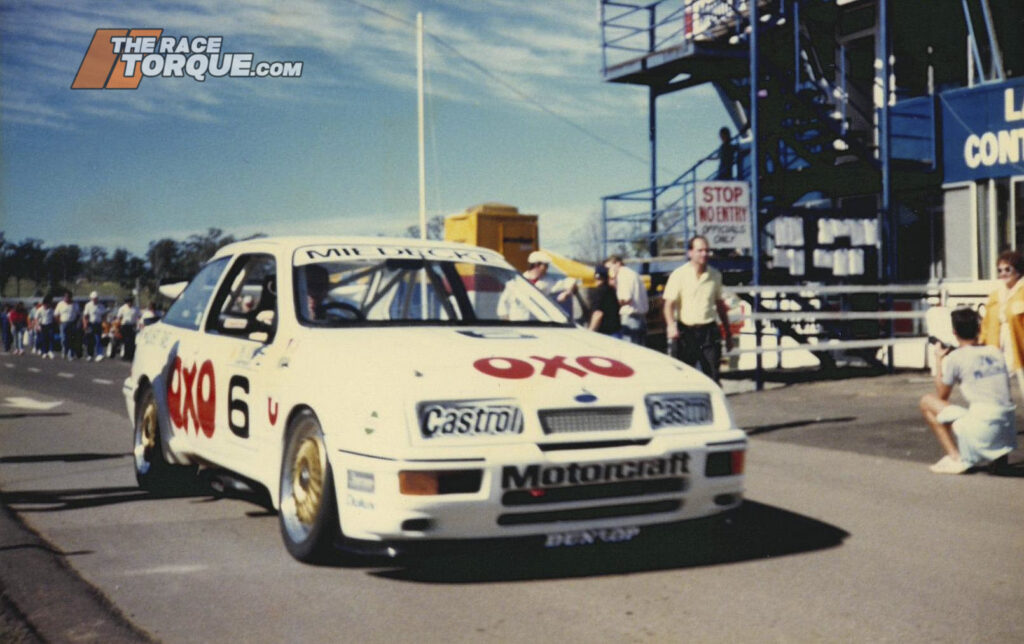
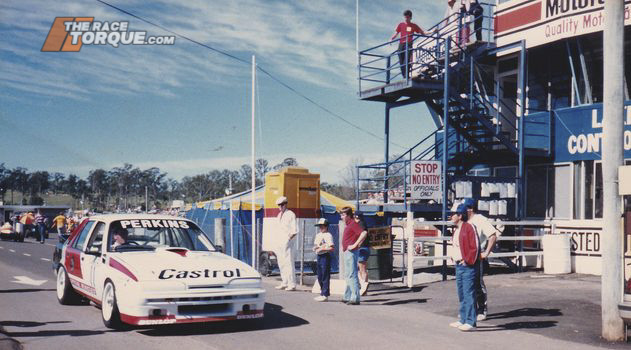
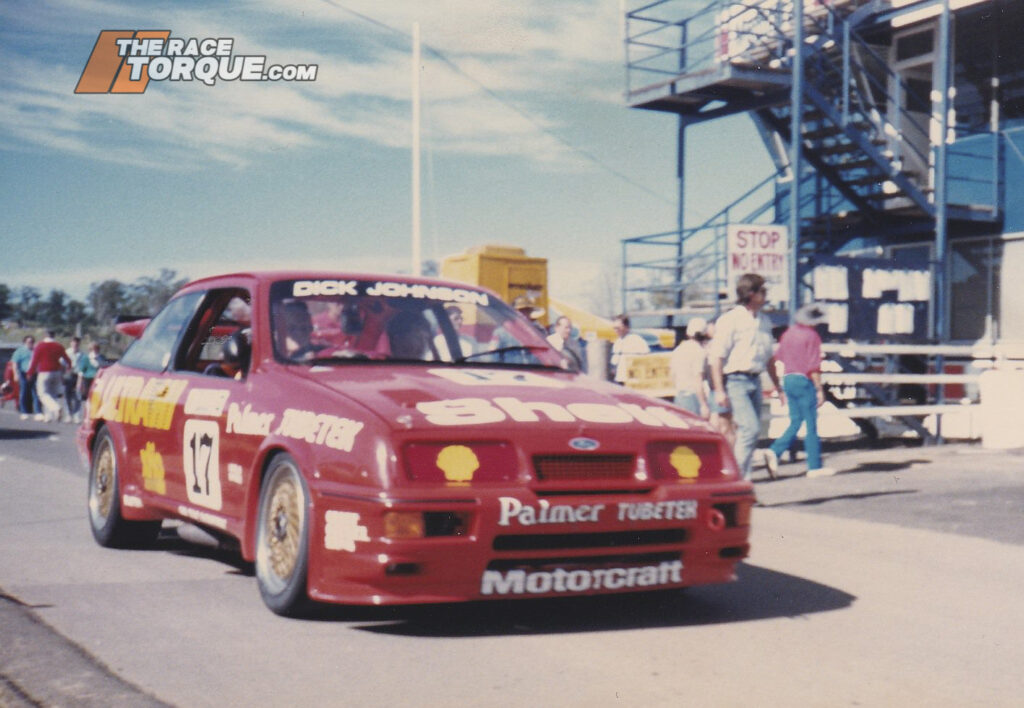
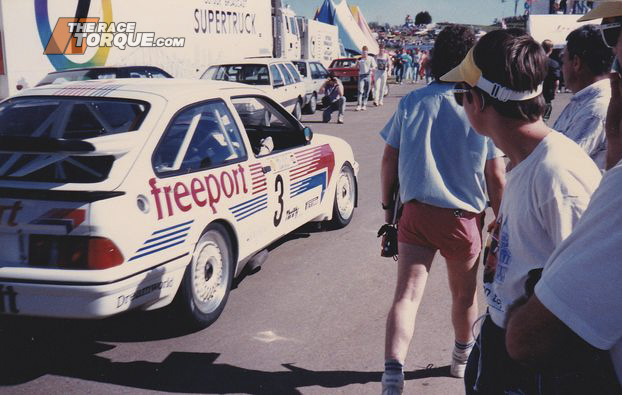
Five of the nine full-time entries from 1988.
Touring Cars
The 1988 Australian Touring Car Championship was contested over ten rounds, with fields ranging from 16 starters at Wanneroo Park, to 28 at Adelaide International and the season finale at Oran Park.
A total of nine entries committed to all of the rounds, namely Peter Brock’s two-car BMW M3 squad, (which added a third car for the final two events), the Sierras of Tony Longhurst, Colin Bond, Andrew Miedecke, Andrew Bagnell, Dick Johnson and John Bowe, and Larry Perkins’ Commodore, with those entries supported by a mix of teams picking and choosing their events.
A four round AMSCAR Series featured at Amaroo Park, with one round a double up with the ATCC meet.
The endurance races for the year included the Pepsi 250 at Oran Park, which attracted 17 starters, while the Sandown 500 received 34 entries, although only 12 made it to the chequered flag.
The Bathurst 1000 of course was the crown jewel on the calendar, with 55 cars making it to race week, six entries failing to qualify, and only 18 cars classified at the finish.
Meanwhile, 35 cars started the 32-lap support race for Touring Cars at the Adelaide Grand Prix.
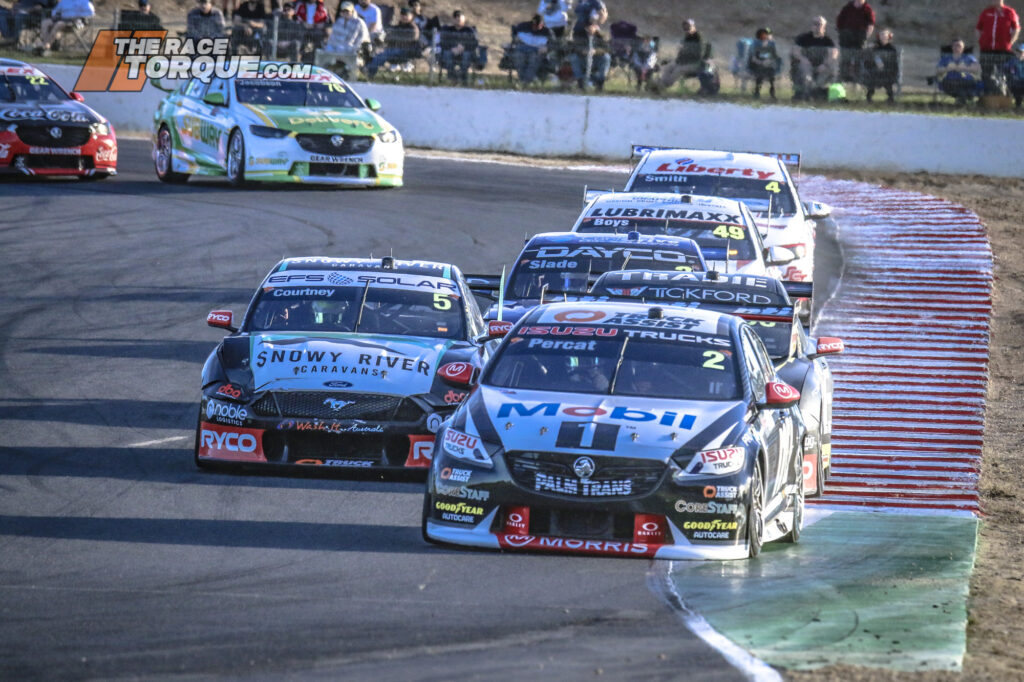
Currently, there are 25 full-time teams engaged in Supercars competition, and although that is a little way from the 32 entries seen between 2000-’04, the professionalism of the current crop eclipses anything we have seen in the past.
Add in some wildcards, and the total Bathurst 1000 field will be around half that of the relative 1988 race.
However, when quality is considered over quantity, the 2022 race will likely be much, much more competitive.
Take the 1988 1.06sec pole margin or the 5.46sec covering the top-ten in qualifying.
Then there’s the one lap victory margin, or the 16 laps covering the top-ten at the finish.
If those sorts of figures were produced today, the comments section on Facebook would shatter.
Also, you would expect that in 2022 all cars would be capable of making the 107% qualifying target.
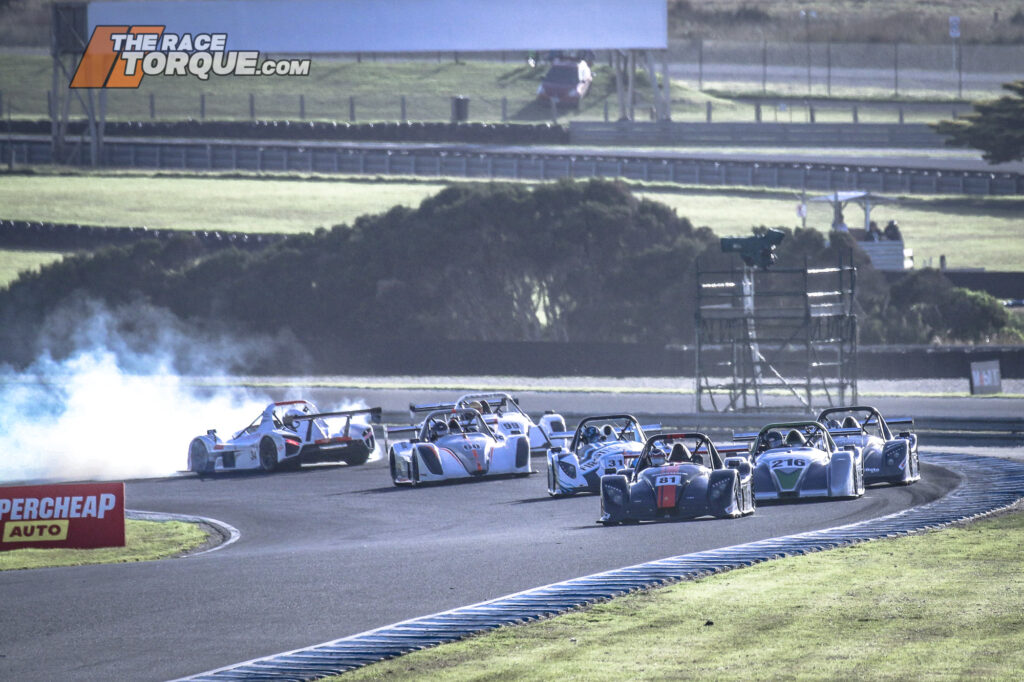
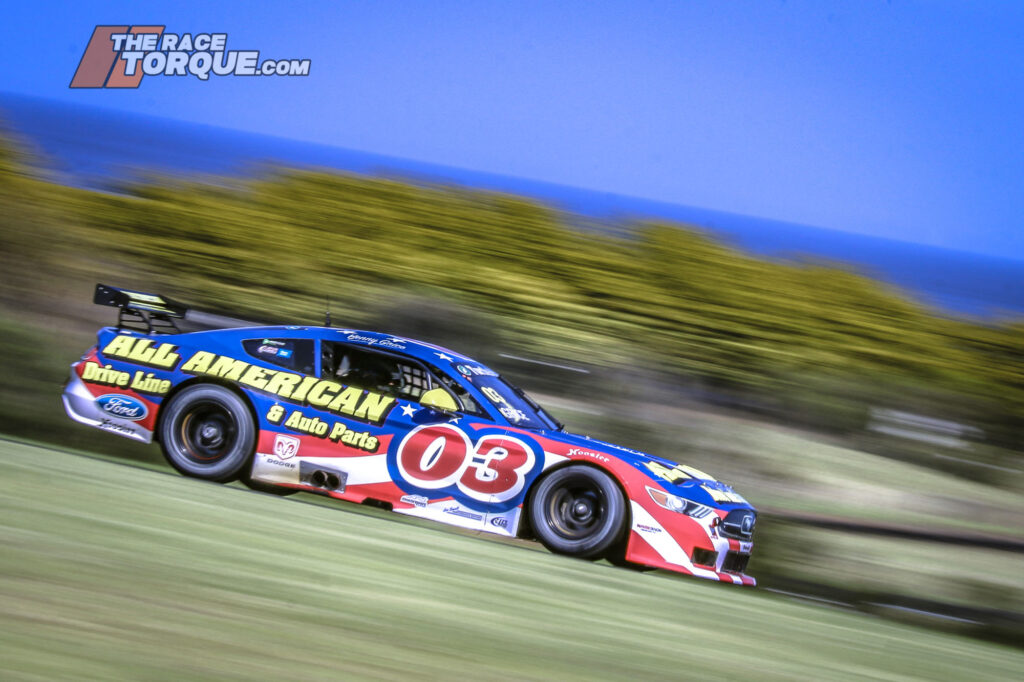
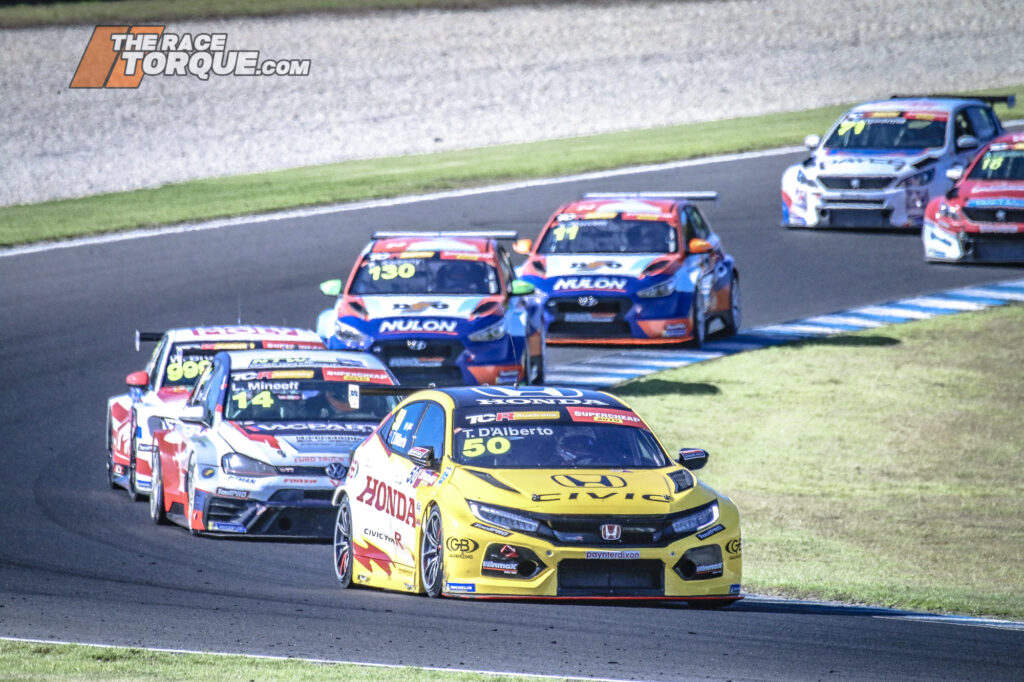
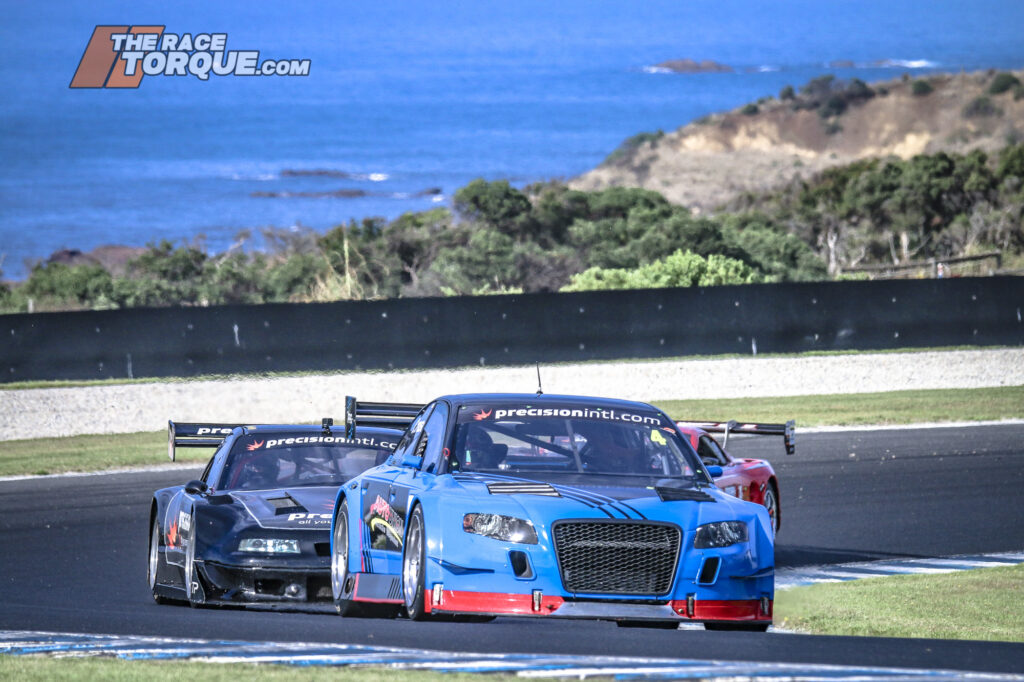
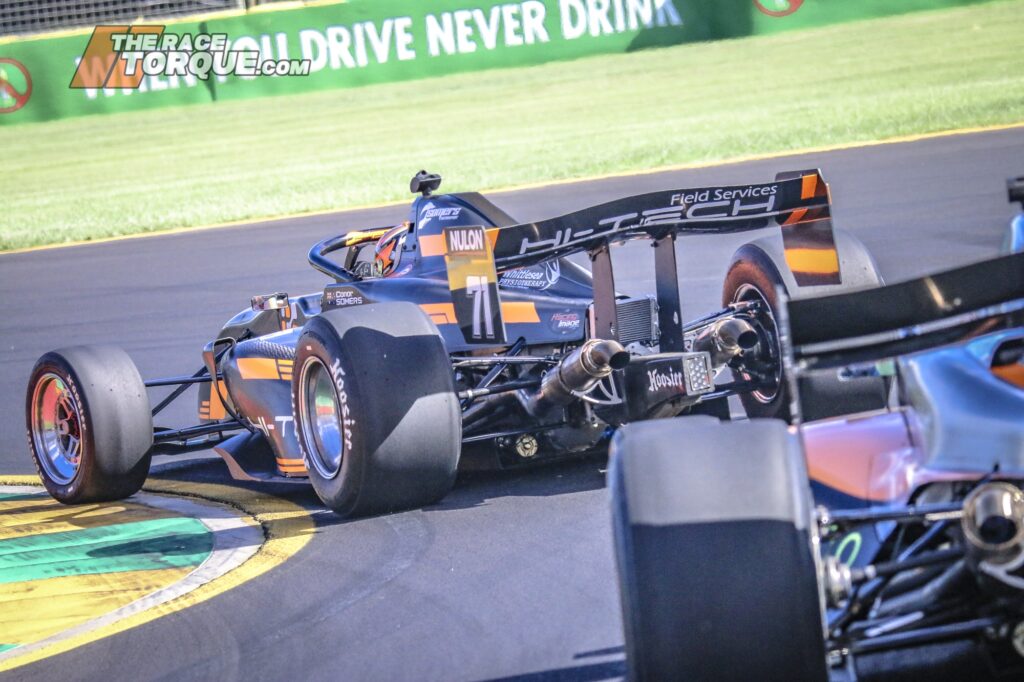
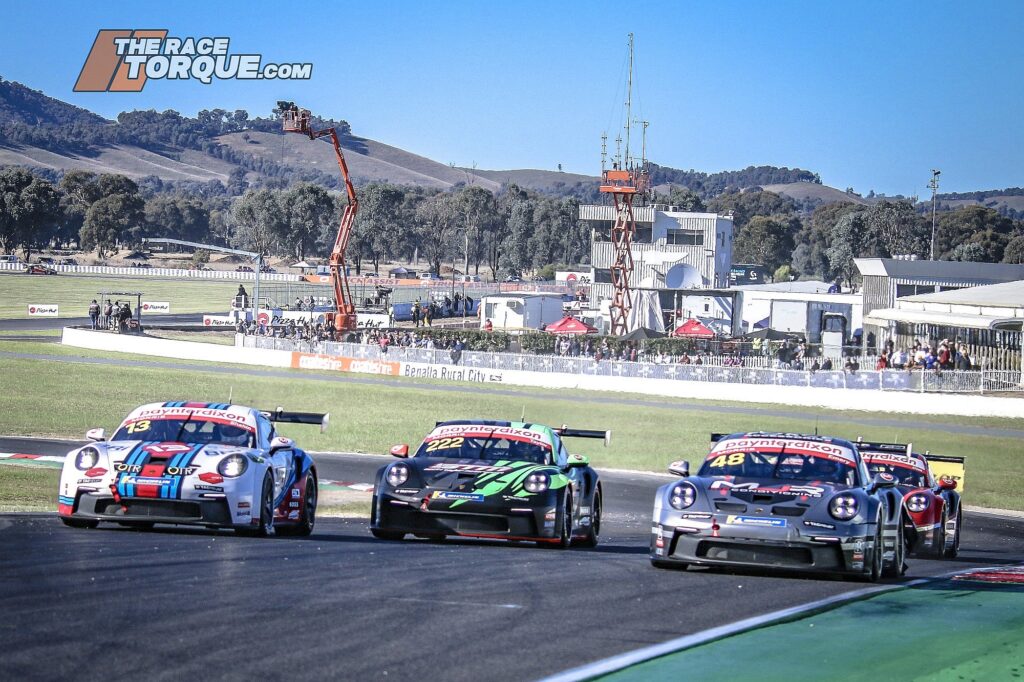
National Touring Series
The Australian Formula 2 Championship raced for the Gold Star over seven rounds in 1988, with the class bridging the gap between Formula Mondial and Formula Australia (Brabham/Holden), which kicked off in 1989.
These races featured between seven and 17 finishers each.
Elsewhere, the second running of the Australian Production Car Championship attracted genuinely bumper fields, with three times over the eight events entry numbers exceeding the 30 mark.
The Australian Sports Car Championship was contested for the final time, with CAMS culling the class “due to lack of interest and support.”
An eclectic mix of Sports Sedans and open top cars fronted for the four-round title.
It would take until 1991 for the Australian Sports Sedan Championship to re-emerge with a well-defined calendar and official status.
Formula Ford contested the nine round Driver to Europe Series, which featured grids from the 20s to over 30 starters, although only a core group dedicated to the entire series, with locals bolstering fields around the country.
Elsewhere, the Thunderdome was kicking into gear in 1988, with the first NASCAR event in February attracting 32 starters featuring 24 Americans, with only 15 still running at the finish.
Alongside the US tanks, Auscar also grew in popularity, with the classes drawing in a mix of former circuit and speedway racers.
Major international circuit racing events included the Australian Grand Prix, and the Lucas Supersprint at Sandown, the final round of the World Sports-Prototype Championship, which attracted 18 starters.
When you step back, there were four regular classes that mixed and matched in some form of coherent fashion below Touring Cars in the pecking order, with up to 100 competitors regularly participating at that level.
Fast forward to the current day, and the options for competitors and fans run deep.
From Super2/3 to Carrera Cup, TCR Australia, S5000, GT World Challenge Australia, Touring Car Masters, the National Trans AM Series, the Toyota 86 Race Series, Porsche Sprint Challenge Australia, Aussie Racing Cars, Radical Cup Australia, the Australian Prototype Series, Australian Production Car Series, Australian Formula Ford Series, V8 SuperUtes and National Sports Sedans, around the country, we are spoiled for choice.
All told, looking at the entries for the most recent races of the above classes, there have been a combined 400 machines turn up to racetracks in 2022, and that is with some fields batting slightly below their expectations.
The modern argument is that there are too many classes, which is an issue for another time, but those 400 competitors cover a wide range of tastes on the motoring spectrum.
Below what runs on the Supercars, ARG and Shannons Motorsport Australia Championship events are others such as the AMRS.
Although the series is going through a slightly tumultuous time right now, the TA2 Muscle Cars, Australian F3, MARC Cars Series, Thunder Sports, Stock Cars, Miniature Race Cars, Super GT and V8 Classic Series essentially are at the level where the Shannons Nationals was a decade ago.
Going back to its 2022 opener at SMP, the AMRS had around 90 entries.
Below the national programs, local state events are flourishing, with many big fields witnessed across the country.
Other key circuit racing events these days include the Australian Grand Prix, the Bathurst 6 and 12 Hours, plus the Bathurst Invitational.
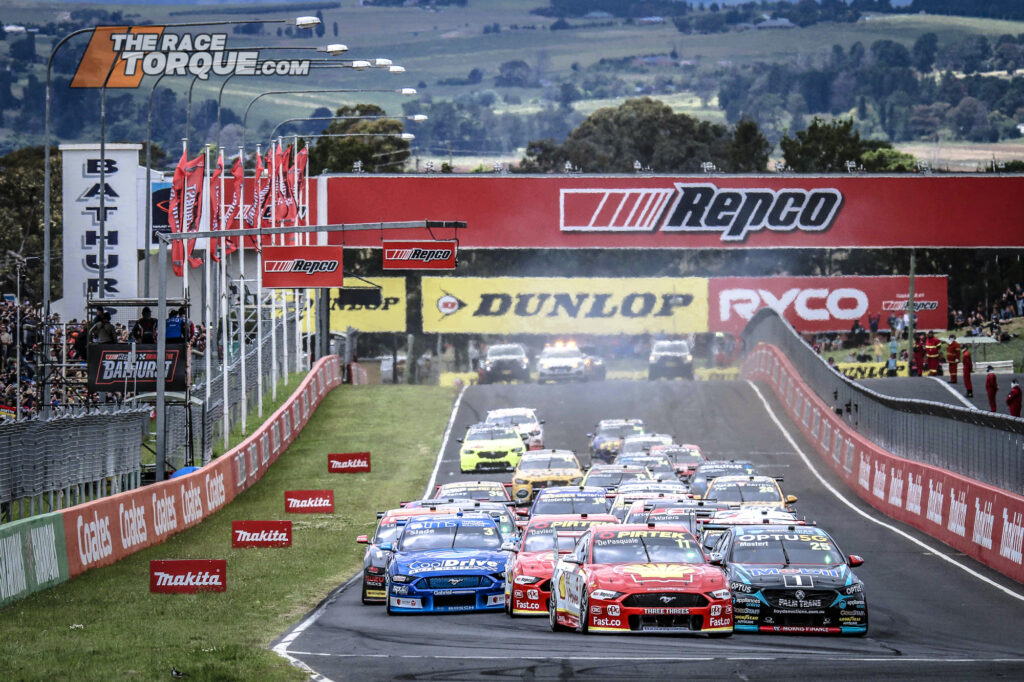
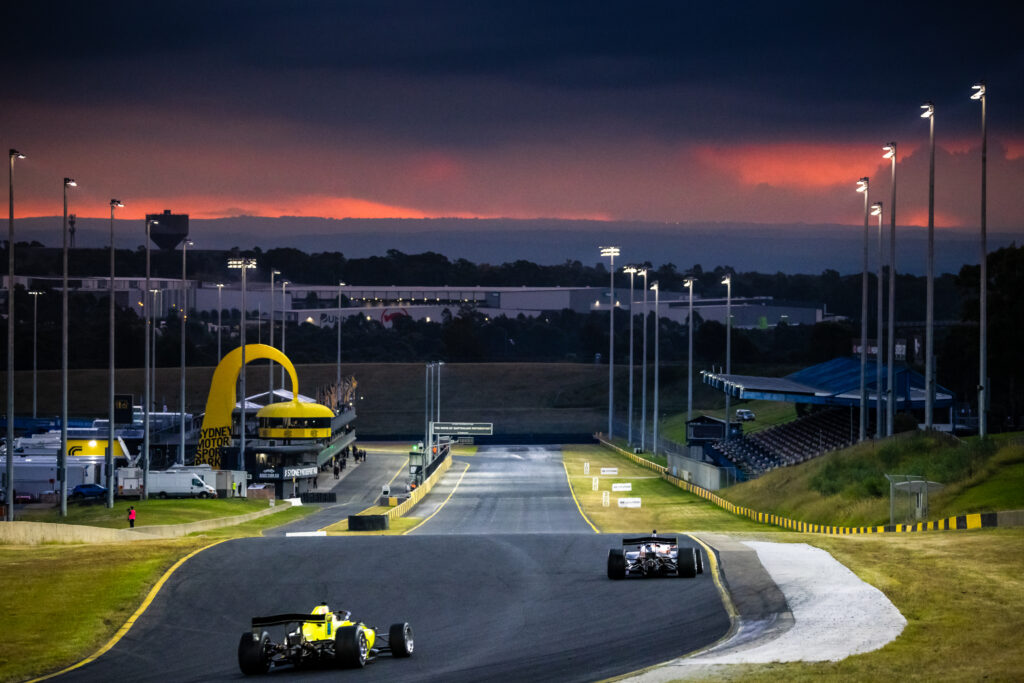
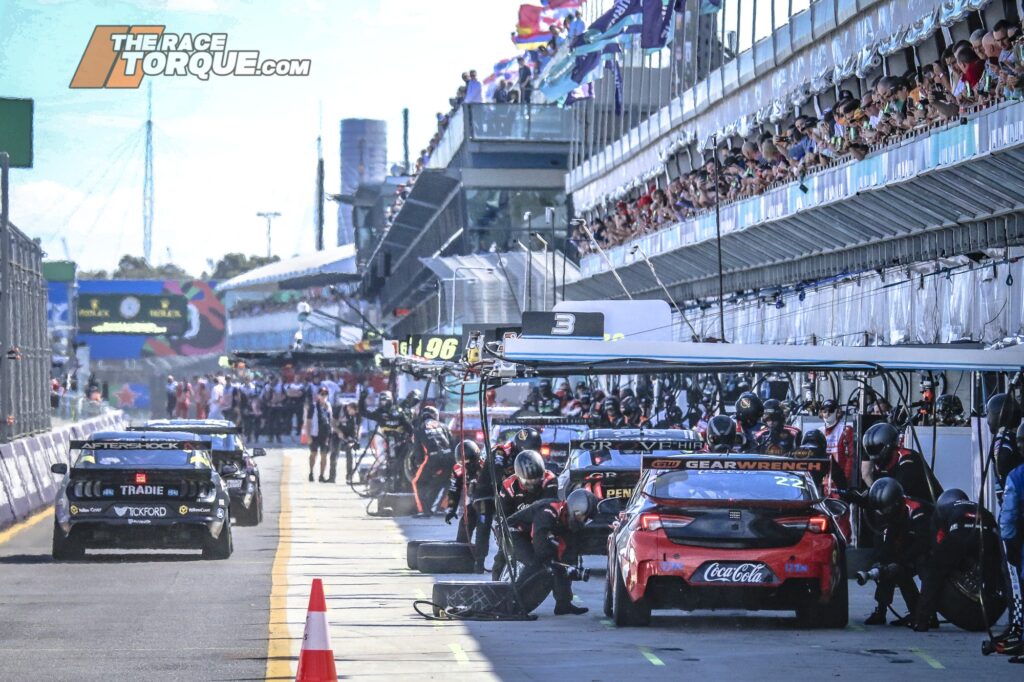
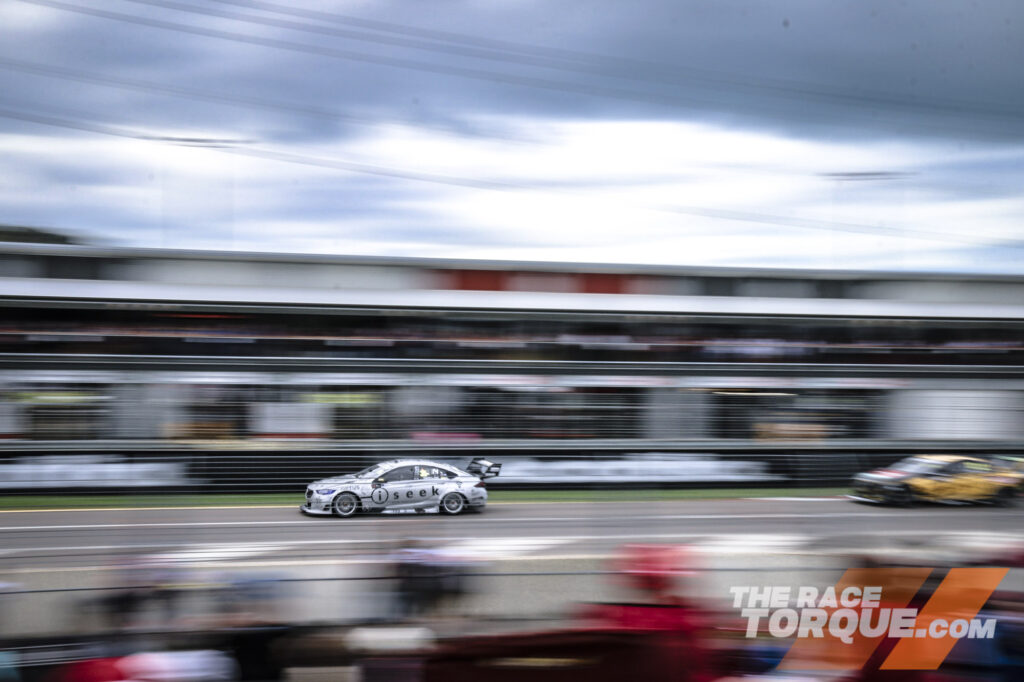
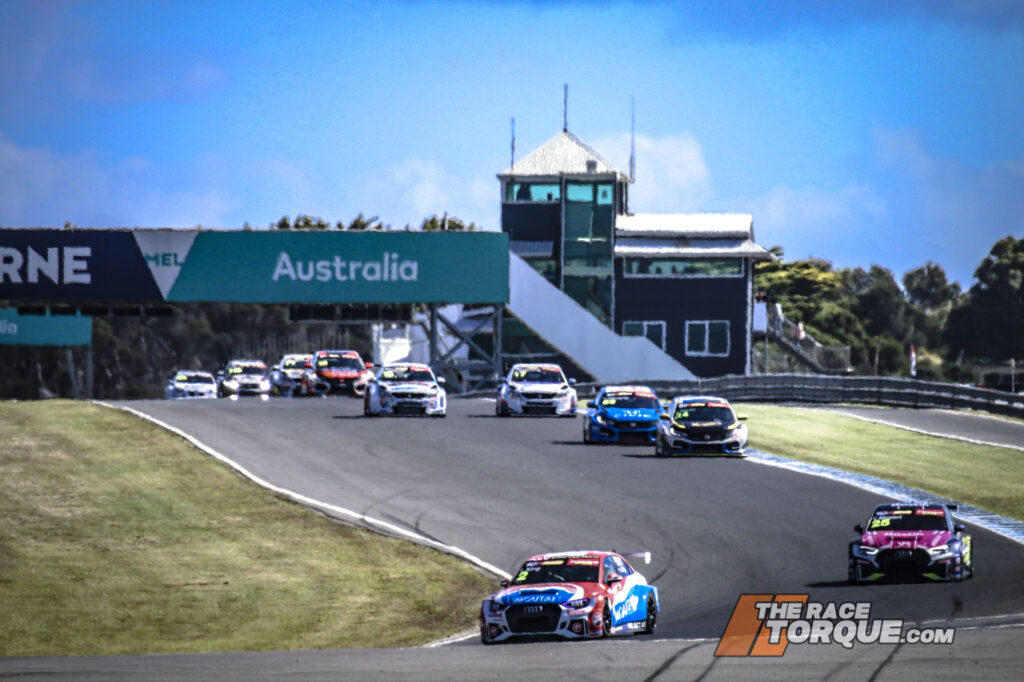
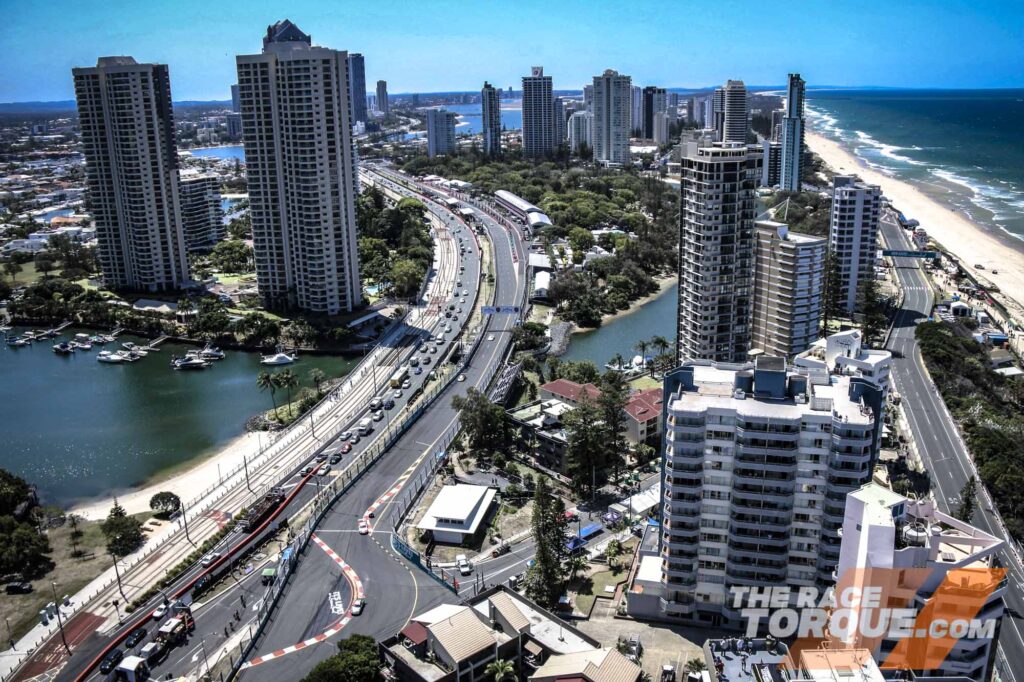
Circuits
Going around the grounds, some tracks off dropped off the radar, while new ones have emerged and many have vastly developed over the past three and half decades.
Starting at the top, Hidden Valley’s circuit opened in 1986, but it was only brought up to national spec in 1998, with improvements ongoing since then.
In 1988, Queensland was genuinely a one-track state, following the closure of Surfers Paradise International the year before.
Lakeside is still in existence, and recently had a repave, while Queensland Raceway and the Gold Coast Street Circuit have come on stream since 1991, while the facilities at Morgan Park have developed to the point of it now being capable of hosting championship races.
While Amaroo and Oran Parks have fallen by the wayside, Sydney Motorsport Park has emerged as a multi-circuit, day/night option, complemented by the rural Wakefield Park.
Bathurst has continued to evolve, with significant renovations carried out since 2003, with it growing from one major four-wheel event in 1988 to the four festivals scheduled for this year.
The Newcastle Street Circuit is also set to find a home once again on the calendar in 2023.
In Victoria, there is still hope that one day Calder Park may re-emerge, while Winton and Sandown remain regular venues.
Phillip Island came back online in December 1988, while the Albert Park Grand Prix Circuit once again became a fixture from 1996 on.
Baskerville and Symmons Plains continue on in Tasmania, while in South Australia, there remains hope that Adelaide International may one day rise from the ashes, with the resurgent Mallala and Adelaide Parklands Circuits joined by the mega facility at The Bend Motorsport Park.
Out west, Wanneroo Raceway has never looked better, joined by the state-level Collie Motorplex further south.
Give me 2022 over 1988 any day.



